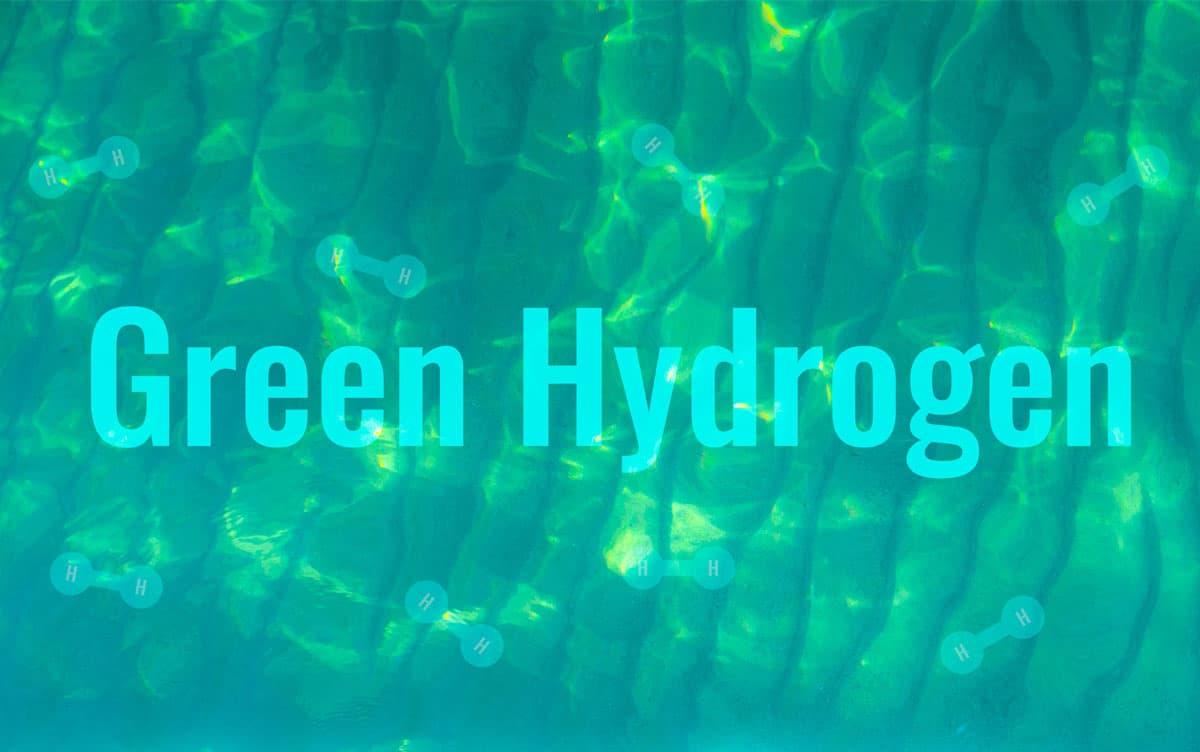Research News
Highly Durable, Nonnoble Metal Electrodes for Hydrogen Production from Seawater
 Image by Fahroni/Shutterstock
Image by Fahroni/Shutterstock
The water electrolysis method, a promising avenue for hydrogen production, relies on substantial freshwater consumption, thereby limiting the regions available with water resources required for water electrolysis . Researchers at the University of Tsukuba have developed highly durable electrodes without precious metals to enable direct hydrogen production from seawater.
Tsukuba, Japan—Water electrolysis utilizing renewable energy sources emerges as a promising clean method for hydrogen production. However, its extensive freshwater consumption poses limitations to regions with abundant water resources. Therefore, it is imperative to develop a new technology for water electrolysis that can directly harness the abundant supply of seawater.
During seawater electrolysis, the anode reaction generates oxygen from water, chlorine gas, and hypochlorous acid from chloride ions. Precious metal electrodes, such as platinum oxide, ruthenium oxide, and iridium oxide, which are unaffected by chlorine, are widely used as anode electrodes. Although precious metals are undesirable as electrodes for the widespread seawater electrolysis technology, non-noble metals, which are highly reactive with chloride ions , cannot be employed for durable anodes.
The research group developed a multi-elemental alloy electrode composed of nine non-noble metal elements and conducted an accelerated degradation test, consisting of turning the power supply on and off, which mainly caused degradation during the operation of the water electrolysis system. The results suggest sustained anode performances for over a decade when powered by solar energy.
The anode made of this alloy requires higher voltages than that of the precious metal, such as iridium oxide. However, this anode offers direct seawater electrolysis without using fresh water. This innovation is expected to transcend geographical restrictions owing to the availability of fresh water, thereby promoting hydrogen production in regions abundant with renewable energy, such as coastal desert areas.
###
This work was sponsored by JST-PRESTO (Grant Number JPMJPR2115); Naito Taisyun Science and Technology Foundation; Iketani Science and Technology Foundation; JSPS KAKENHI (Grant Numbers JP21H02037, JP21H00153, and JP21H00140); JACI Prize for Outstanding Achievements; a cooperative program (Proposal No. 202211-CRKEQ-0002) of CRDAM-IMR, Tohoku University; and the NIMS micro-structural characterization platform as a program of the "Nanotechnology Platform Project," MEXT, Japan (Grant number JPMXP09A20NM0013). DFT calculations were carried out using the facilities of the Supercomputer Center, the Institute for Solid State Physics, the University of Tokyo.
Original Paper
- Title of original paper:
- Durable high-entropy non-noble metal anodes for neutral seawater electrolysis
- Journal:
- Chemical Engineering Journal
- DOI:
- 10.1016/j.cej.2023.147862
Correspondence
Associate Professor ITO Yoshikazu
Associate Professor TANIMOTO Hisanori
Institute of Pure and Applied Sciences, University of Tsukuba
Associate Professor OHTO Tatsuhiko
Graduate School of Engineering, Nagoya University
Professor FUJITA Takeshi
School of Environmental Science, Kochi University of Technology
Related Link
Institute of Pure and Applied Sciences





